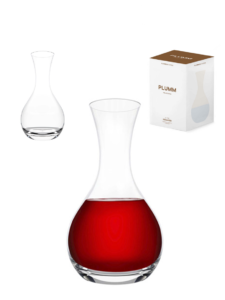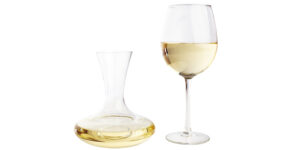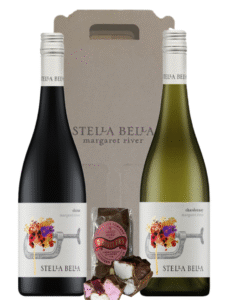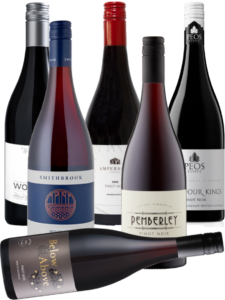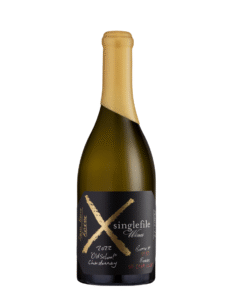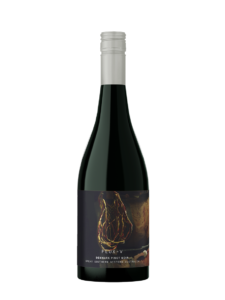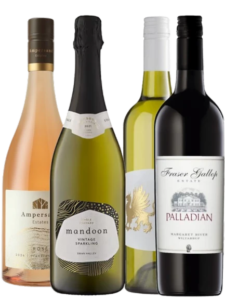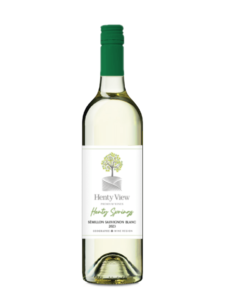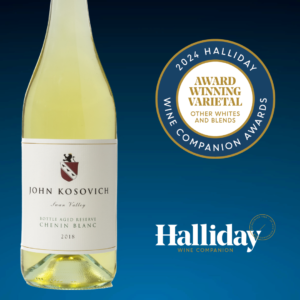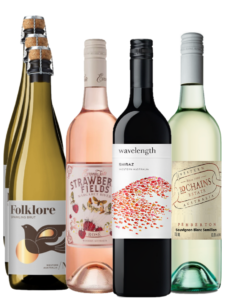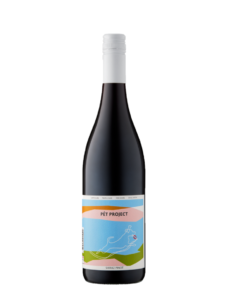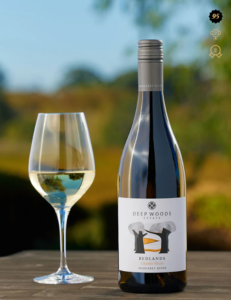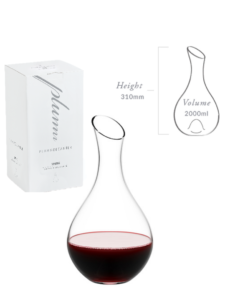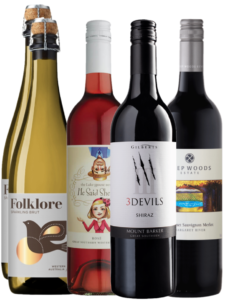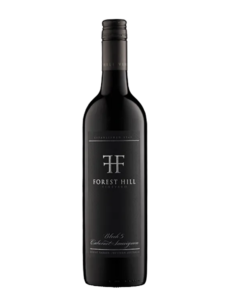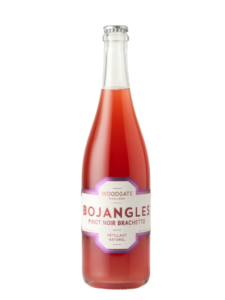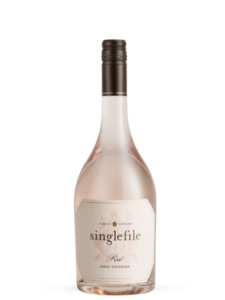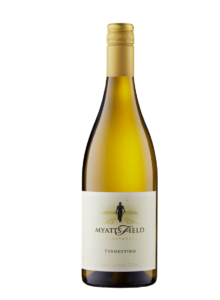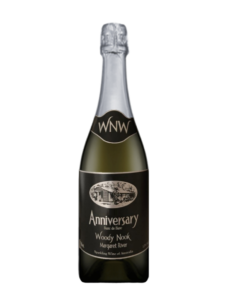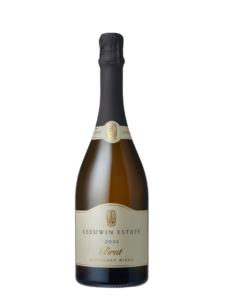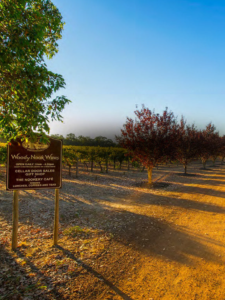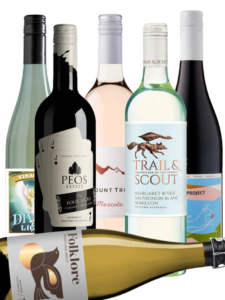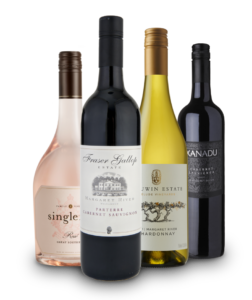Unveiling the Art and Science of Decanting
Decanting wine is an age-old practice that transcends mere ritual; it’s an art and a science that elevates the tasting experience to new heights. Whether you’re dealing with a youthful red, a mature vintage, or an expressive white, the act of decanting is a transformative process that unlocks a spectrum of flavours and aromas, turning an ordinary sip into an extraordinary journey.
1. Young Wines: Unleashing Potential
Young wines, especially those robust reds that pack a punch, can significantly benefit from the aeration that decanting provides. If you’re curious about why decanting your youthful reds is a great idea, here are a few reasons to consider:
A. Oxygenation and Development:
When you decant a wine, you’re essentially letting it breathe. This exposure to oxygen can work wonders by softening those harsh tannins and helping the flavours come together beautifully. Young wines, particularly those with a high tannin content, often taste tight or a bit closed off right after you pop the cork. By giving them some time in a decanter, you encourage the wine to evolve. It’s like giving it a chance to stretch its legs and show you all the delightful layers of complexity that might be lying dormant. You’ll often find that what starts as a brash, bold wine transforms into something much more nuanced and inviting.
B. Enhanced Aromatic Profile:
Another fantastic aspect of decanting is how it enhances the wine’s aromas. Young wines can sometimes feel a bit shy when first opened, with their aromatic profiles not fully expressing themselves. When you decant, you help release and amplify those aromas, allowing a rich bouquet of scents to waft through the air. You might notice that fruity and floral notes become much more pronounced, creating an inviting sensory experience. It’s not just about what you taste; it’s about enjoying the entire experience, from the first whiff to the last sip. Those vibrant aromas can really elevate your enjoyment of the wine.
C. Recommended Aeration Time:
So, how long should you let your young wine sit in the decanter? A good rule of thumb is to give it about 1 to 3 hours. This timeframe allows the wine to properly aerate, maximising its potential and really enhancing your overall enjoyment. Just imagine coming back to your glass after some time and discovering how much the wine has transformed—it’s like watching a beautiful butterfly emerge from its cocoon!
D. Visual Appeal and Presentation:
Decanting also adds a touch of elegance to your wine experience. Pouring a young red from a decanter not only enhances its flavours and aromas but also transforms the overall presentation. The sight of a vibrant red wine swirling in a beautifully crafted decanter can elevate your dining experience, making it feel more special and sophisticated. It invites conversation and adds a theatrical element to serving wine, allowing your guests to appreciate the artistry involved in the wine’s journey from bottle to glass. Plus, the act of decanting itself can be a wonderful ritual, creating a moment of anticipation before you indulge in the flavours of the wine.
So next time you’re about to enjoy a bottle, consider giving it some time in a decanter. You might be pleasantly surprised by what unfolds!
2. Older Wines: A Delicate Balance
Decanting older wines is a nuanced process, primarily driven by the need to separate the wine from sediment that may have developed over time. This practice is crucial for ageing vintages, and here’s why:
A. Sediment Removal:
As wines age, sediment naturally forms at the bottom of the bottle due to the breakdown of phenolic compounds and other elements. While there is nothing wrong with this sediment—it’s a natural part of the wine’s ageing process—it can add a bitter component to your last glass if poured. Decanting allows you to carefully separate the clear wine from this sediment, preventing unwanted bitterness and enhancing the overall mouthfeel. It’s essential to pour slowly and steadily to ensure that the sediment remains in the bottle, allowing you to enjoy the wine in its purest form—free from any gritty residue. By taking this step, you ensure that every sip is smooth and pleasant.
B. Rejuvenating Aromas:
Older wines, especially reds, can sometimes exhibit signs of oxidation or a muted aromatic profile due to age. Decanting helps rejuvenate the wine by introducing a controlled amount of oxygen, which can revitalise the aromas and enhance the flavour profile. This process can bring back the wine’s vibrancy, allowing you to experience its complex bouquet. However, it’s important to be cautious; since the wine has already matured, the time spent in the decanter should be limited to avoid over-oxidation. Just a short exposure—typically around 30 minutes to an hour—can make a significant difference, letting the wine express its full character while retaining its delicate balance.
C. Decanter Shape Matters:
The shape of the decanter is particularly important when aerating older wines. For young wines, a vessel with a wide base is ideal, as it maximises surface area exposure to oxygen, promoting rapid aeration. In contrast, older wines benefit from a narrower decanter. This shape facilitates a gentle aeration process while allowing sediment to settle at the bottom. A well-designed decanter not only enhances the wine’s exposure to oxygen but also adds to the aesthetic appeal of serving. Choosing the right decanter can enhance the entire experience, allowing the wine to shine both visually and in terms of taste.
D. Serving Temperature:
Another factor to consider when enjoying older wines is serving temperature. These wines are best served slightly cooler than room temperature, usually around 16-18°C for reds. This temperature helps preserve the delicate aromas and flavours while allowing the wine to express its complexity. If the wine is too warm, it can amplify tannins and lead to an overpowering experience. On the other hand, serving it too cold can mute its aromas. Taking the time to ensure the proper serving temperature can significantly enhance your enjoyment of the wine.
You can learn more about serving temperatures HERE
3. White Wines: A Surprising Twist
While red wines often steal the spotlight, white wines can also benefit from the transformative process of decanting. Here’s why you should consider decanting your whites:
A. Oxidation and Complexity:
Certain full-bodied white wines, particularly those with oak influence, like Chardonnays, can benefit from up to an hour of aeration. Decanting allows these wines to open up, revealing a richer texture and a more complex flavour profile. As the wine interacts with oxygen, you may notice the emergence of additional layers of aromas and tastes, from buttery notes to hints of tropical fruit. This complexity can enhance your overall tasting experience, making even a well-known wine feel new and exciting.
B. Temperature Stabilisation:
Decanting white wines also provides an opportunity to bring them to the ideal serving temperature. This is especially useful for whites that have been stored at cooler temperatures, as it ensures that the wine expresses its full range of flavours. For example, an oaked Chardonnay is often served too cold; letting it warm slightly in a decanter can help it shine best at around 12°C. This temperature allows the wine’s nuances to be fully appreciated, revealing the intricacies that may be masked when served too chilled.
C. Sediment Management:
While sediment is more commonly associated with red wines, some older white wines, particularly those that have undergone malolactic fermentation or have been bottle-aged, can also develop sediment. Decanting helps to separate the clear wine from any sediment, ensuring a smooth pour and enhancing the overall drinking experience. This attention to detail ensures that you enjoy the wine without any unpleasant grittiness.
D. Aromatic Enhancement:
Decanting can also help enhance the aromatic profile of white wines. Many young whites, especially those that are fruity or floral, can benefit from a little exposure to air. This can help release those bright, fresh aromas, making the wine more inviting. For aromatic varieties like Sauvignon Blanc or Riesling, decanting can help amplify those enticing scents, adding to the overall sensory experience.
E. Serving in Style:
Decanting white wines can also elevate the overall presentation. Using a stylish decanter not only enhances the wine’s exposure to air but also adds a touch of elegance to your dining experience. Whether you’re hosting a dinner party or enjoying a quiet evening, serving white wine from a decanter can create a memorable moment.
Conclusion:
Whether you’re enjoying the vibrancy of a young red, carefully appreciating an aged vintage, or discovering the nuances of an unexpected white, the art of decanting is a journey every wine enthusiast should undertake. It’s more than just transferring wine to a different vessel; it’s a personal exploration of how a wine evolves over time and finding its perfect balance.
You can see our range off Glassware HERE
Pro Decanting Tip:
Once you’re satisfied with the wine’s flavour, use a funnel to pour it back into the bottle. This reduces the wine’s exposure to oxygen and prevents further decanting. Of course, you can also continue tasting from the decanter to observe how the wine changes. The adventure of wine tasting is in your hands, wine lovers!

